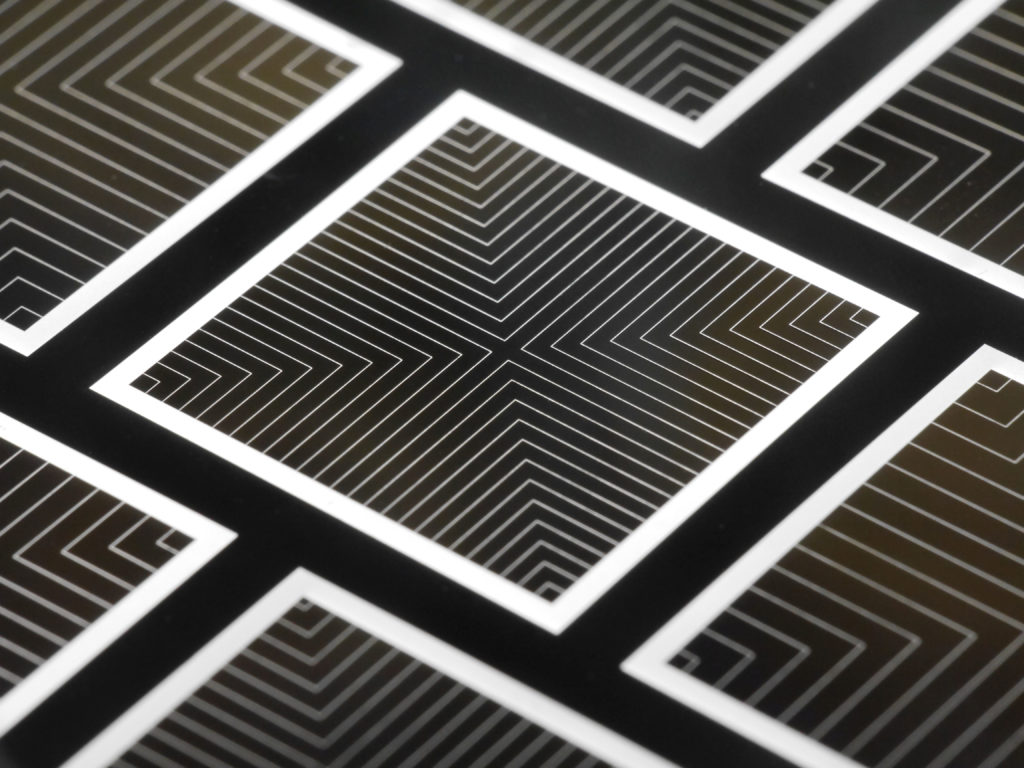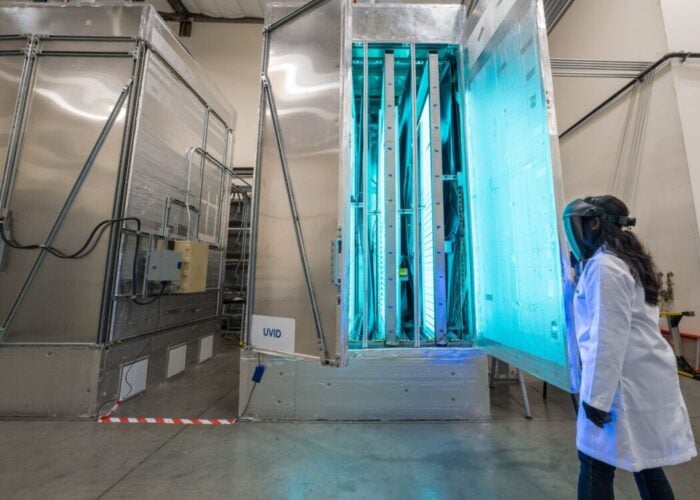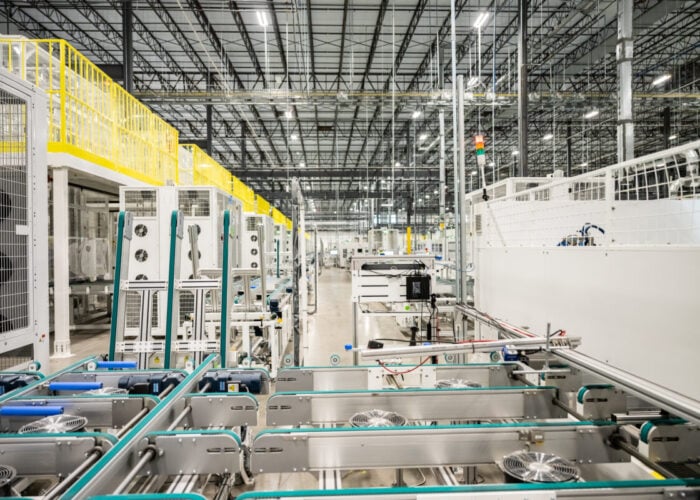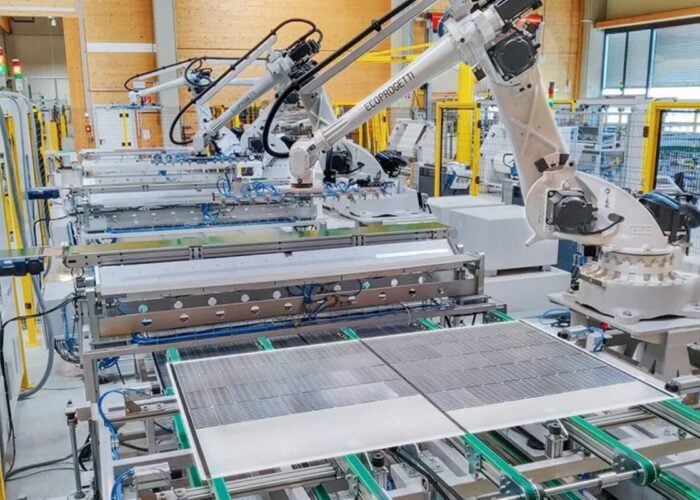
The Fraunhofer Institute for Solar Energy (ISE) has claimed a new record conversion efficiency for a both-sides contacted silicon solar cell of 26%.
Furthermore, Fraunhofer ISE has said the technology used to achieve the record – wherein both sides, front and rear, have metal contacts – holds the potential to push efficiencies up to 27%.
Try Premium for just $1
- Full premium access for the first month at only $1
- Converts to an annual rate after 30 days unless cancelled
- Cancel anytime during the trial period
Premium Benefits
- Expert industry analysis and interviews
- Digital access to PV Tech Power journal
- Exclusive event discounts
Or get the full Premium subscription right away
Or continue reading this article for free
A team of researchers led by Fraunhofer ISE’s Dr. Armin Richter used Tunnel Oxide Passivating Contact (TOPCon) technology as a basis for the cell’s structure, which the research institute said possessed advantages of low surface recombination losses and efficient charge carrier transport over interdigitated back contact (IBC) cells.
The cell used to achieve the efficiency record however used a formed pn junction on the back side – rather than industrial standard cells which have a pn junction on the front, as a full-surface TOPCon contact.
Fraunhofer ISE said this removed the need for full-surface boron doping on the front side, and only a local boron diffusion directly under the front-side contacts was necessary.
The cell, dubbed TOPCon Rear Emitter Solar Cell (TOPCoRE), allows for higher voltages and fill factors than cells with a collecting emitter on the front, while also allowing for wafers to be used more effectively for charge carrier transport. The front side of the cell is also passivated more effectively.
“Based on a systematic simulation-based analysis, we were able to derive some fundamental design rules for future high-efficiency silicon solar cells above 26 percent efficiency. Both-sides-contacted solar cells have the potential to reach efficiencies up to 27 percent and thus surpass the previous world record for silicon solar cells,” Professor Stefan Glunz, division director of Photovoltaics Research at Fraunhofer ISE, said.
The findings of the efficiency trial were originally published in a Nature Energy article, which can be read here.






